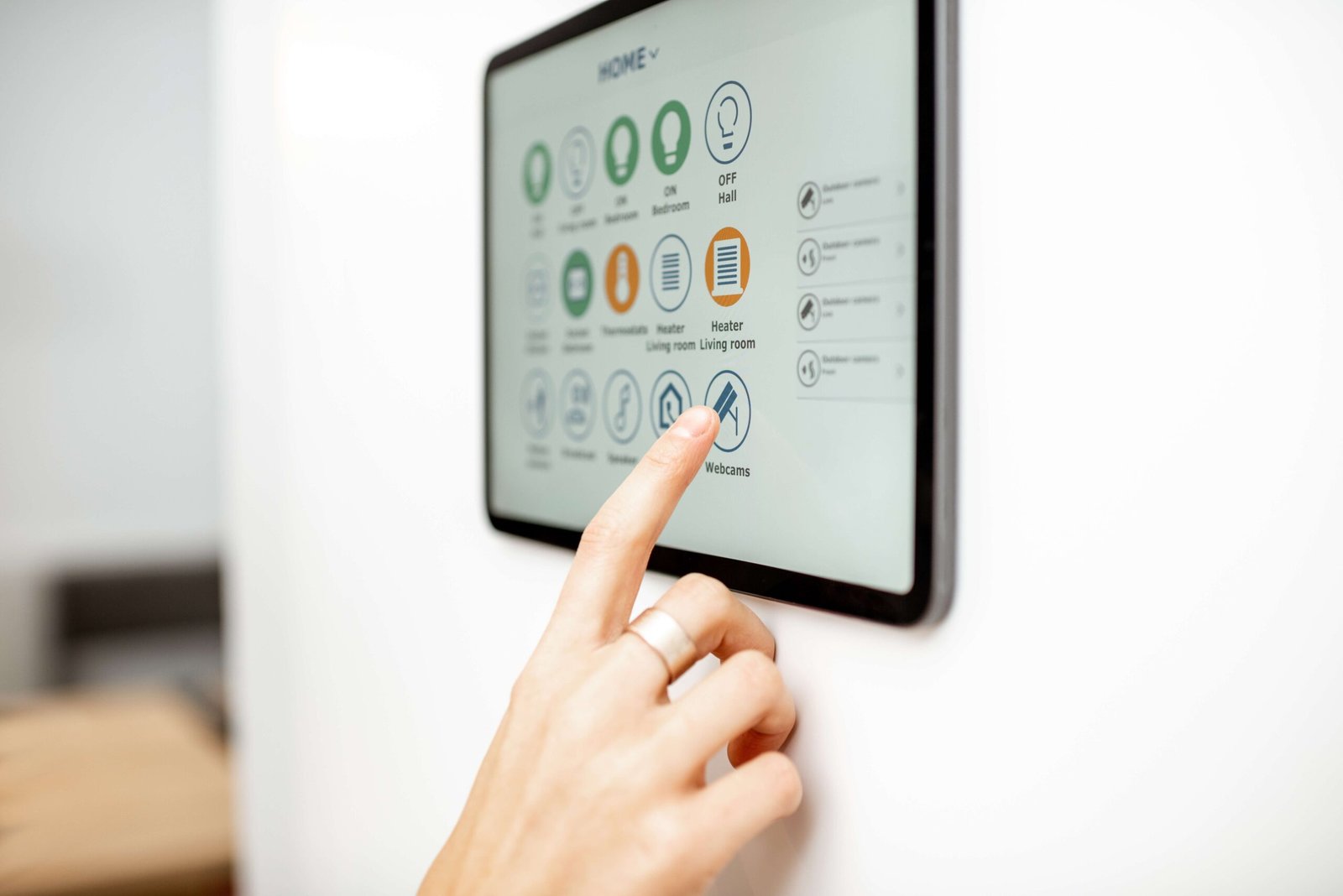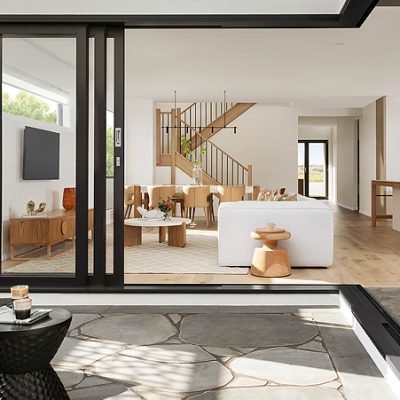
The Rise of Home Automation: Transforming Modern Living
Home automation, also known as domotics, is rapidly becoming an integral part of modern living. With advancements in technology, more households are integrating smart systems that allow for automated control of lighting, heating, security, and even household appliances. This shift is not only making homes more convenient but also significantly more energy-efficient and secure.
One of the key benefits of home automation is the ability to control devices remotely. Using smartphones or voice assistants like Amazon Alexa and Google Assistant, users can manage various home functions from virtually anywhere. Whether adjusting the thermostat before arriving home or checking security cameras while on vacation, this level of control offers unparalleled convenience and peace of mind.
Energy efficiency is another major advantage. Smart thermostats and lighting systems can be programmed to operate only when needed, helping to reduce electricity consumption and lower utility bills. Some systems even learn user behavior over time, optimizing performance for comfort and savings without requiring manual input.
Security is also significantly enhanced with domotics. Automated systems can include motion detectors, smart locks, and surveillance cameras that alert homeowners to unusual activity. Integration with mobile devices ensures real-time updates and the ability to take immediate action if necessary, adding an extra layer of protection to residential properties.
Furthermore, home automation contributes to accessibility. For individuals with mobility challenges or disabilities, smart home devices can be life-changing. Voice commands, automated routines, and remote access reduce the need for physical interaction with devices, creating a more inclusive living environment.
As the Internet of Things (IoT) continues to evolve, the future of home automation looks even more promising. With increased interconnectivity and artificial intelligence, homes will become smarter, learning and adapting to the lifestyles of their occupants. Domotics is no longer a luxury—it’s becoming the new standard for comfort, security, and sustainability in the 21st-century home.
Ultimately, construction and interior design are not isolated disciplines—they are two halves of the same whole. When thoughtfully integrated, they result in spaces that are not only structurally sound but also emotionally engaging and visually inspiring. This holistic approach transforms buildings into homes, offices into experiences, and empty shells into vibrant, livable spaces.
Nam libero tempore, cum soluta nobis est eligendi optio cumque nihil impedit quo minus id quod maxime placeat facere possimus, omnis.

The worlds of construction and interior design are deeply interconnected, each influencing the functionality, comfort, and aesthetic of a living or working space. While construction focuses on the structural integrity and layout of a building, interior design brings that space to life with elements that reflect personality, purpose, and beauty. Together, they form the foundation of meaningful, human-centered environments.
Effective construction sets the stage for successful interior design. A well-planned layout considers not only architectural stability but also how occupants will move through and use the space. Factors such as natural light, ceiling height, and room orientation are key during the construction phase, as they directly impact the mood and usability of the interiors.
Interior design, in turn, enhances the built environment with color, texture, furniture, and décor that complement the architecture. A skilled designer works with the physical structure—rather than against it—to create harmony between form and function. Materials and finishes are chosen not only for their visual appeal but also for durability, maintenance, and sustainability.
"Lorem ipsum dolor sit amet, consectetur adipiscing elit. Ut elit tellus, luctus nec ullamcorper mattis, pulvinar dapibus leo.Lorem ipsum dolor sit amet consectetur adipiscing elit dolor"
-John Doe-
The worlds of construction and interior design are deeply interconnected, each influencing the functionality, comfort, and aesthetic of a living or working space. While construction focuses on the structural integrity and layout of a building, interior design brings that space to life with elements that reflect personality, purpose, and beauty. Together, they form the foundation of meaningful, human-centered environments.
Effective construction sets the stage for successful interior design. A well-planned layout considers not only architectural stability but also how occupants will move through and use the space. Factors such as natural light, ceiling height, and room orientation are key during the construction phase, as they directly impact the mood and usability of the interiors.
Interior design, in turn, enhances the built environment with color, texture, furniture, and décor that complement the architecture. A skilled designer works with the physical structure—rather than against it—to create harmony between form and function. Materials and finishes are chosen not only for their visual appeal but also for durability, maintenance, and sustainability.

